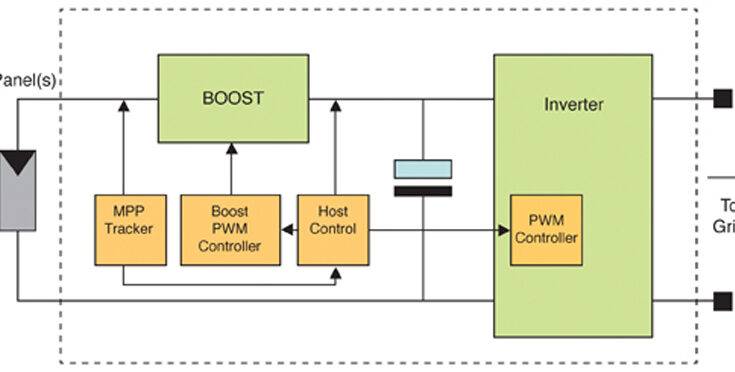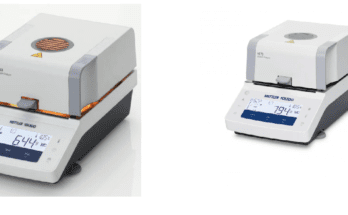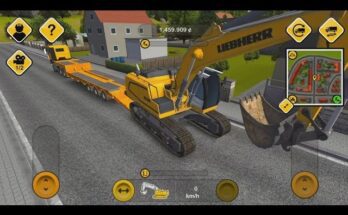Motor and power control inverter designers face the same problem of isolating control and user interface circuits from dangerous power line voltages. The main requirement for isolation is to prevent the power line voltage from damaging the control circuit and, more importantly, to protect users from dangerous voltages. The system must comply with the safety requirements specified in the corresponding international standards, such as IEC 61800 and IEC 62109 covering motor drives and solar inverters, which mainly focus on compliance testing.
How does standard compliance testing give engineers the freedom to choose appropriate architectures, circuits, and electronic components that meet the target system specifications and standards? These are the performance requirements of the system in terms of efficiency, bandwidth, and accuracy that are met by the circuit, while at the same time It is determined by meeting the safety isolation requirements. The challenge with designing innovative systems is that the design rules established for existing architectures, circuits, and components may no longer apply. Therefore, engineers need to take the time to carefully evaluate the ability of a new circuit or component to meet EMC and safety standards. This article explores the impact of system architecture choices on power and control circuit design and system performance. It will also illustrate how the performance improvements of the latest available isolation components can help alternative architectures improve system performance without compromising safety.
Isolation Architecture
Our concern is that the customer needs to safely control the flow of energy from the AC source to the load according to the commands provided by the user. This problem is illustrated in the high-level motor drive system diagram shown in Figure 1 for the following three power domains: reference, control, and power. The safety requirement is that the user-specified circuit must be galvanically isolated from dangerous voltages on the power circuit. Architectural decisions depend on whether the isolation barrier is placed between the given and control circuits or between the control and power circuits. Introducing isolation barriers between circuits affects signal integrity and increases cost. Isolation of analog feedback signals is particularly difficult because traditional transformer methods suppress DC signal components and introduce nonlinearity. Isolation of digital signals at low speeds is fairly simple, but at high speeds or when low latency is required, it is very difficult and consumes a lot of power. Power isolation in systems with 3-phase inverters is particularly difficult because there are multiple power domains connected to the power circuit. The power circuit has four distinct domains that need to be functionally isolated from each other; so the high-side gate drive and winding current signals need to be functionally isolated from the control circuit, even though the two may share ground with power ground.
Non-isolated control architectures have a common ground connection between the control and power circuits. This allows the motor control ADC to capture all the signals in the power circuit. The ADC samples at the midpoint of the center-based PWM signal as the motor winding current flows into the low-side inverter arm. The driver for the low-side IGBT gates can be simple non-isolated, but the PWM signal must be isolated from the three high-side IGBT gates by having functional isolation or level shifting. The complexity caused by the isolation between the command and control circuits depends on the end application, but usually involves the use of separate systems and communications processors. An architecture where a simple processor manages the front panel interface and sends speed commands over a slow serial interface is acceptable in home appliances or low-end industrial applications. Due to the high bandwidth requirements of the command interface, non-isolated architectures are less common in high-performance drives for robotics and automation applications.

Isolated control architectures have a common ground connection between the control and command circuits. This enables very tight coupling between the control and command interfaces, and the use of a single processor. Isolation issues transfer to the power inverter signal, creating a different set of challenges. The gate drive signals require relatively high-speed digital isolation to meet the inverter’s timing requirements. Due to the presence of very high voltages, magnetically or optically coupled drives perform well in inverter applications where isolation is critical. The requirements of the DC bus voltage isolation circuit are moderate due to the lower dynamic range and bandwidth required. Motor current feedback is the biggest challenge in high performance drives because it requires high bandwidth and linear isolation. Current transformers (CTs) are good choices because they provide isolated signals that can be easily measured. CTs are nonlinear at low currents and do not transmit DC levels, but are widely used in low-end inverters. CTs are also used in high-power inverters with non-isolated control architectures, where shunt resistor sampling would result in too much losses. Open-loop and closed-loop Hall-effect current sensors measure AC signals and are therefore better suited for high-side drivers, but suffer from offsets. Resistive shunts provide high bandwidth, linear signals with low offset, but need to be matched with high bandwidth, low offset isolation amplifiers. Typically, a motor control ADC can directly sample the isolated current signal, but the alternative measurement architecture described in the next section moves the isolation problem to the digital domain and can greatly improve performance.
Inverter Feedback Using Isolated Converters
A common way to improve the linearity of an isolated system is to move the ADC to the other side of the isolation barrier and isolate the digital signal. In many cases, this requires a series ADC in combination with a digital signal isolator. Due to the special requirements of high frequency for motor current feedback and the need for fast response to driving protection, a sigma-delta ADC is chosen. A sigma-delta ADC is equipped with a linear modulator that converts the analog signal into a bit stream, followed by a digital filter that reconstructs the signal into a high-resolution digital word. The benefit of this approach is that two different digital filters can be used: a slower one for high fidelity feedback and another low fidelity fast filter to protect the inverter. In Figure 2, the winding shunt is used to measure the motor winding current, and the isolated ADC is used to transmit a 10 MHz data stream across the isolation barrier. The sinc filter submits high-resolution current data to the motor control algorithm, which calculates the inverter duty cycle required to apply the desired inverter voltage. Another low-resolution filter detects current overload and sends a trip signal to the PWM modulator in the event of a fault. The Sinc filter frequency response curve explains how proper parameter selection can enable the filter to suppress PWM switching ripple in the current sampling.





